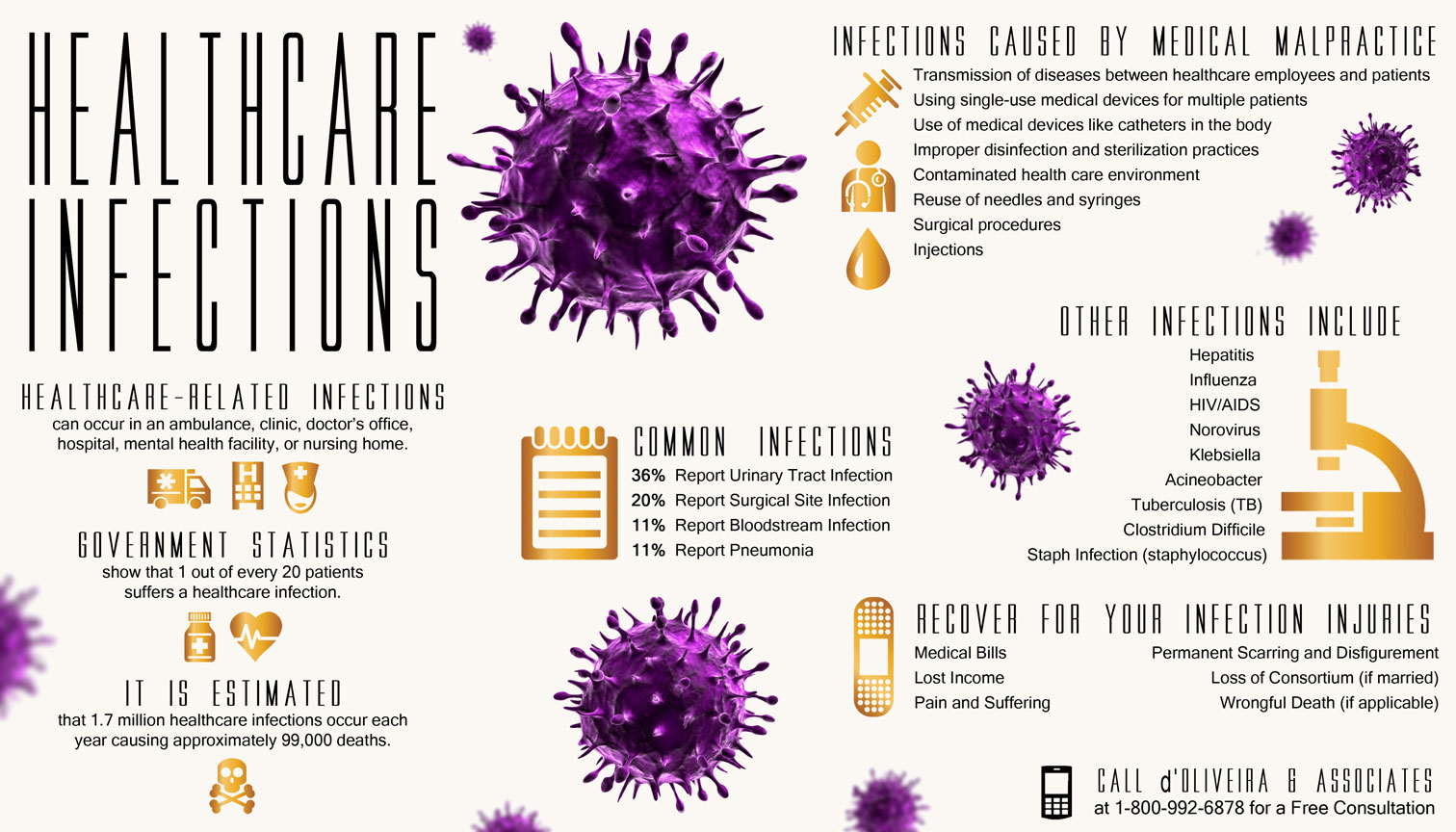
30 Aug What is Revealed by Hospital-Acquired Infections Statistics
Epidemiologists – those scientists who study the incidence and pathology of infections – keep an eye on hospital-acquired infection statistics (HAIs) as an indicator of the presence of pathogens in health care settings. Even though a hospital or medical clinic is a haven for healing, it is also most often populated by sick people who transmit their infection to others around them. Hospital-acquired infection statistics provide critical data in the fight to reduce or eliminate the number of HAIs across the country.
The Numbers Tell the Story
Every year, as many as 10% of all hospital patients contract some form of HAI, totaling more than 1.7 million infected patients being treated in medical facilities around the country. In any given clinic on any given day, about one in every 25 patients suffers from at least one HAI. Almost 100,000 of those HAI patients die because of their infection.
Some of those infections are common in any population (the common cold or a mild strain of influenza as examples) and were carried in by the patient from outside the hospital. Other infections, however, develop within the hospital environment itself because of failed sterilization procedures, insufficient hygiene practices, or inadequate disinfection controls.
Hospital-Acquired Infection Statistics
The Centers for Disease Control (CDC) tracks both the number of HAI’s, as well as how those numbers change over time. Rising numbers indicate that current infection control systems aren’t working and more people are getting sick; falling numbers mean that infection control systems are working, resulting in fewer HAI’s.
Recent research reveals that the levels of most classes of HAIs are decreasing:
- The number of diagnosed central line-associated bloodstream infections (CLABSI) declined by 50% between 2008 and 2014;
- The incidents of catheter-associated urinary tract infections (CAUTIs) in non-ICU cases went down between 2009 and 2013, and declined even further in all settings (including the ICU) by the end of 2014;
- In a study of 10 selected surgery categories, surgical site infections (SSIs) declined by 17%, and
- The number of hospitalized people contracting strains of Clostridium difficile (C. difficile) and Staphylococcus aureus (MRSA) also went down by 13% between 2011 and 2014.
The CDC’s focus is to encourage prevention of HAI’s, and it estimates that a 66% reduction in CLABSIs alone would save as much as $6 billion in healthcare costs annually.
